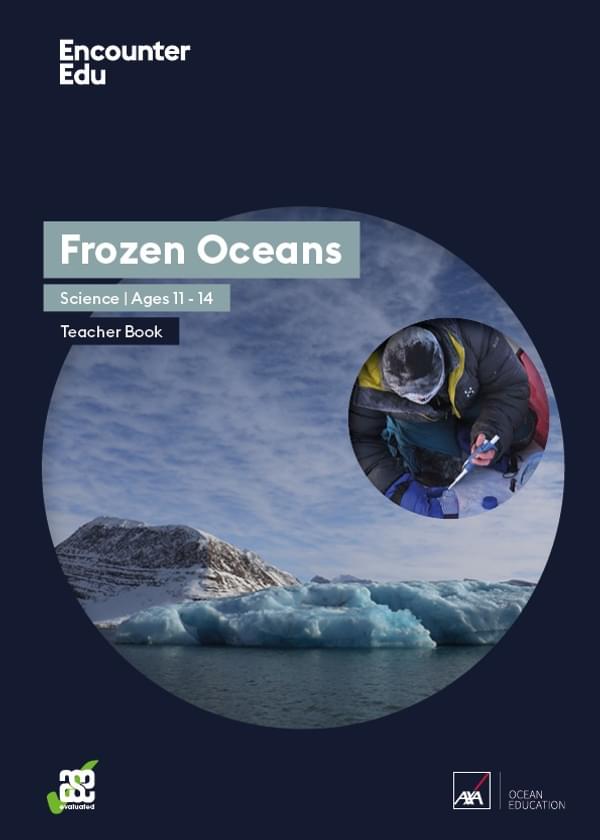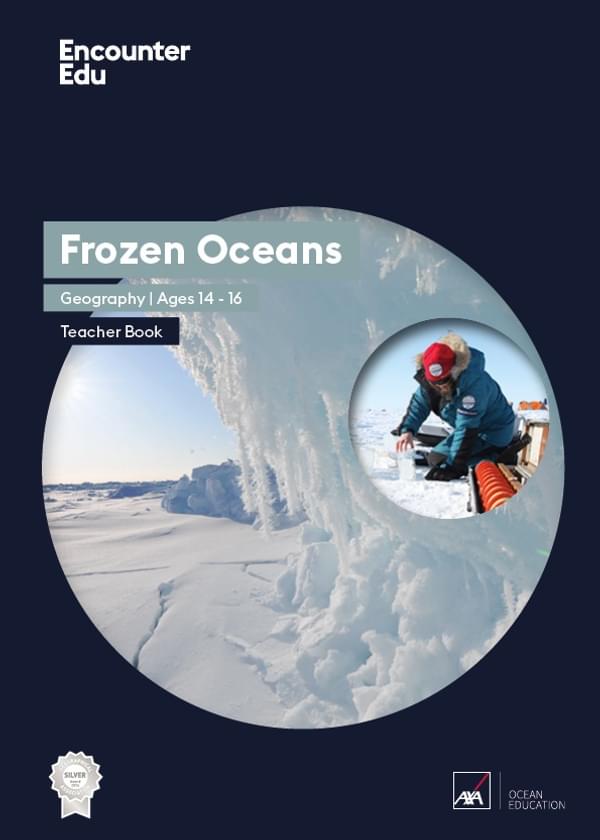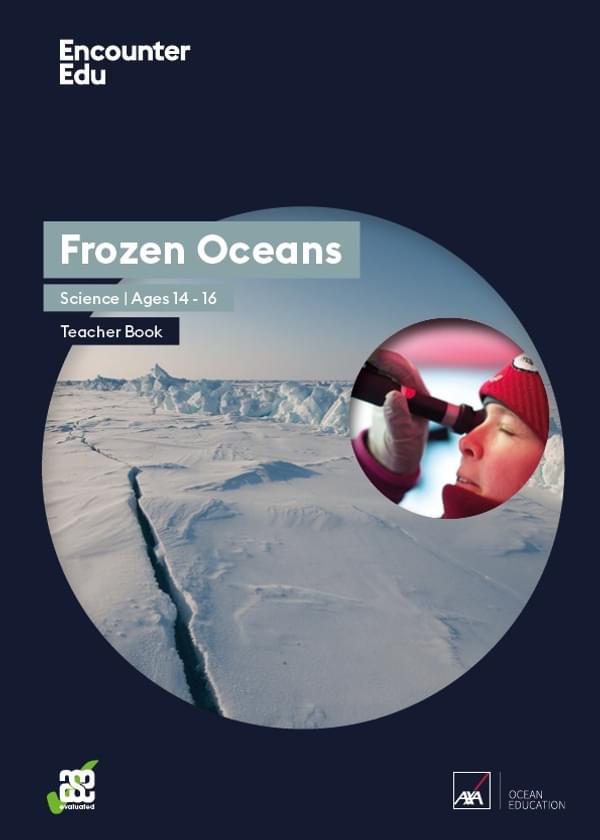How has ocean acidity changed over time?
This series of maps tracks the changes in ocean acidity since before the start of the Industrial Revolution in the 1700s to the 1990s.
The estimated annual mean sea surface pH is calculated from fields of dissolved inorganic carbon and alkalinity from the Global Ocean Data Analysis Project (GLODAP) climatology; and temperature and salinity from the World Ocean Atlas (2005) climatology using Richard Zeebe's csys package. Note that the GLODAP climatology is missing data in certain oceanic provinces including the Arctic Ocean, the Caribbean Sea, the Mediterranean Sea and the Malay Archipelago.
Part of:
AXA Ocean EducationBrought to you by


Science | Ages 11-14
Frozen Oceans
The Frozen Oceans Science resources introduce working scientifically concepts and skills to 11-14-year-olds through enquiry-based lessons which replicate work done by field scientists in the Arctic.

Geography | Ages 14-16
Frozen Oceans
This Frozen Oceans education resource includes two data case studies that introduce students to ocean acidification and sea ice thickness. The core of each case study are data sets from real expeditions.
